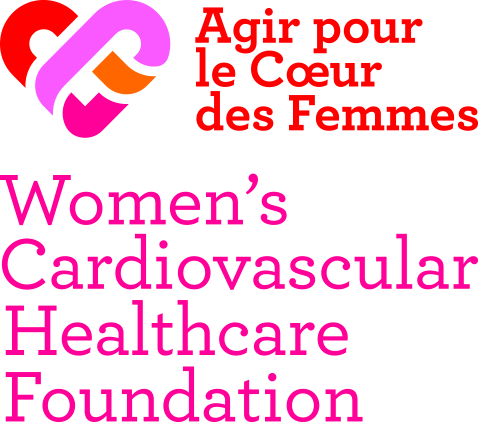
ANTICIPER
Nutrition
How to Eat Well to Live Well
Eating well means eating a varied, balanced, low-salt diet. It means eating some of everything but in the right amounts at the right time.

Fruit: whole, in a compote or salad, etc.
And water, whenever you want—it’s the only essential beverage! Ideally, it’s recommended that you eat five fruits and veggies per day, meaning at least 14 oz. for every meal. Eat them in all forms (cooked, raw, etc.) to benefit from their fiber and vitamin K. It’s important to limit your salt intake to just over one teaspoon per day because salt promotes weight gain and hypertension and aggravates osteoporosis. Watch out for hidden salt in cheese, cold cuts, preserves, pre-cooked meals and desserts. To add extra flavor in place of salt, opt for spices, garlic, onions, shallots and aromatic herbs. Finally, it’s recommended to limit alcohol consumption to no more than eight units per week and make sure there’s at least one day when you don’t partake. One unit = a glass of red wine (4 oz.) or beer (8.5 oz.). Avoid consuming cocktails since they’re high in sugar and contain hard liquor.
SEE ALSO
How Cardiac Rehab Helps Women Heal Faster
Physical Activity
In this article, Women’s Cardiovascular Healthcare Foundation highlights how important and necessary it is for women to go through cardiac rehabilitation when they’ve had a cardiovascular event or are at high risk of having one. Dr. Natalia Kpogbemabou, cardiologist and rehabilitation physician at [...]
How Heart Transplants Support Birth and Rebirth
Gynecology
In the majority of cases, chronic heart failure is a contraindication to pregnancy because it could put the mother’s life in danger. During pregnancy and delivery, her heart has to work very hard. Certain medications prescribed for heart failure are known to cause birth defects (they’re considered [...]
Why Women are More Exposed to Cardiovascular Risk Factors
Risk Factors
Certain risk factors are linked to higher risk of cardiovascular disease and a poorer prognosis for women than men. At the same age, women have more cardiovascular risk factors than men. More than 80% of women over 45 have at least two. Their risk of heart attack linked to hypertension, diabetes or a [...]


-173-portrait.jpeg)

